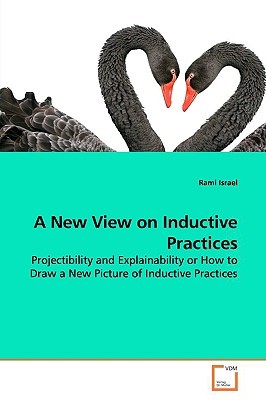
- We will send in 10–14 business days.
- Author: Rami Israel
- Publisher: VDM Verlag
- ISBN-10: 3639157109
- ISBN-13: 9783639157109
- Format: 15.2 x 22.9 x 1.4 cm, minkšti viršeliai
- Language: English
- SAVE -10% with code: EXTRA
Reviews
Description
The idea that reason can justify induction was famously criticized by David Hume. Hume concluded that there is no rational justification for inductive inferences and hence, no rational justification for most of our daily beliefs. Many philosophers attempted to solve Hume's problem with no success. Bertrand Russell commented regarding Hume's problem: "[if we cannot justify induction] we have no reason to expect the sun to rise tomorrow, to expect bread to be more nourishing than a stone, or to expect that if we throw ourselves off the roof we shall fall." The New Riddle of Induction was introduced by Nelson Goodman in his book Fact, Fiction and Forecast, published in 1954. Goodman's problem raised some serious doubts about our ability even to describe inductive principles. In this Book Rami Israel is attempting to solve Both Hume's and Goodman's philosophical problems by introducing a new approach to the subject and by drawing a new picture of our inductive practices.
EXTRA 10 % discount with code: EXTRA
The promotion ends in 23d.07:20:15
The discount code is valid when purchasing from 10 €. Discounts do not stack.
- Author: Rami Israel
- Publisher: VDM Verlag
- ISBN-10: 3639157109
- ISBN-13: 9783639157109
- Format: 15.2 x 22.9 x 1.4 cm, minkšti viršeliai
- Language: English English
The idea that reason can justify induction was famously criticized by David Hume. Hume concluded that there is no rational justification for inductive inferences and hence, no rational justification for most of our daily beliefs. Many philosophers attempted to solve Hume's problem with no success. Bertrand Russell commented regarding Hume's problem: "[if we cannot justify induction] we have no reason to expect the sun to rise tomorrow, to expect bread to be more nourishing than a stone, or to expect that if we throw ourselves off the roof we shall fall." The New Riddle of Induction was introduced by Nelson Goodman in his book Fact, Fiction and Forecast, published in 1954. Goodman's problem raised some serious doubts about our ability even to describe inductive principles. In this Book Rami Israel is attempting to solve Both Hume's and Goodman's philosophical problems by introducing a new approach to the subject and by drawing a new picture of our inductive practices.


Reviews